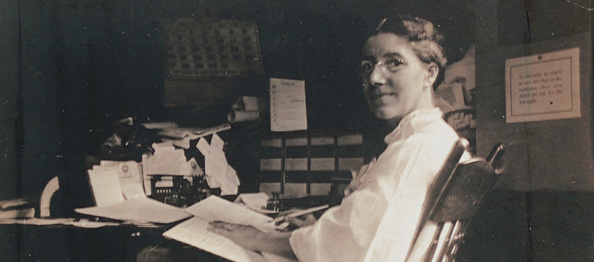Now it's time to talk about the setting of the events in the story.
As I have already mentioned, Charlotte Perkins Gilman is a real master of writing and making fantastic descriptions as well. Her language is very simple and fascinating at the same time, which helps us to understand where, when and with whom things happen in the story.

So, as we can see, the events of the story happen in the times of colonies. The main character and her husband live in quite lonesome house. This moment can be seen in the beginning of the story.
I can say that the author describes the place the main characters live in like if she knows that place very good, feels it and sees everything that is around it. So, no fantasy is presented.
I suppose that the author chose such place to show that the main heroine was very lonely. Even if we don't take to the account the fact that there was no understanding from her husband, we see that she live far from people.
I suppose that the author chose such place to show that the main heroine was very lonely. Even if we don't take to the account the fact that there was no understanding from her husband, we see that she live far from people.
I suppose that it is necessary to mention that mostly all of the time the protagonist of the story spends in one place - her room. I would say that this room can also be chosen for the role of a main character of the story. We can see all the details of that room and, what is more, a kind of conflict between the woman and the room. Firstly, the yellow wall-papered room scares her. Secondly, the woman starts hating it. The example of this can be seen in her words: "The color is repellent, almost revolting; a smouldering unclean yellow, strangely faded by the slow-turning sunlight. It is a dull yet lurid orange in some places, a sickly sulphur tint in others. No wonder the children hated it! I should hate it myself if I had to live in this room long".

As for me, I would also hate it. I think if I had to live in such a room, I would definitely go crazy.



